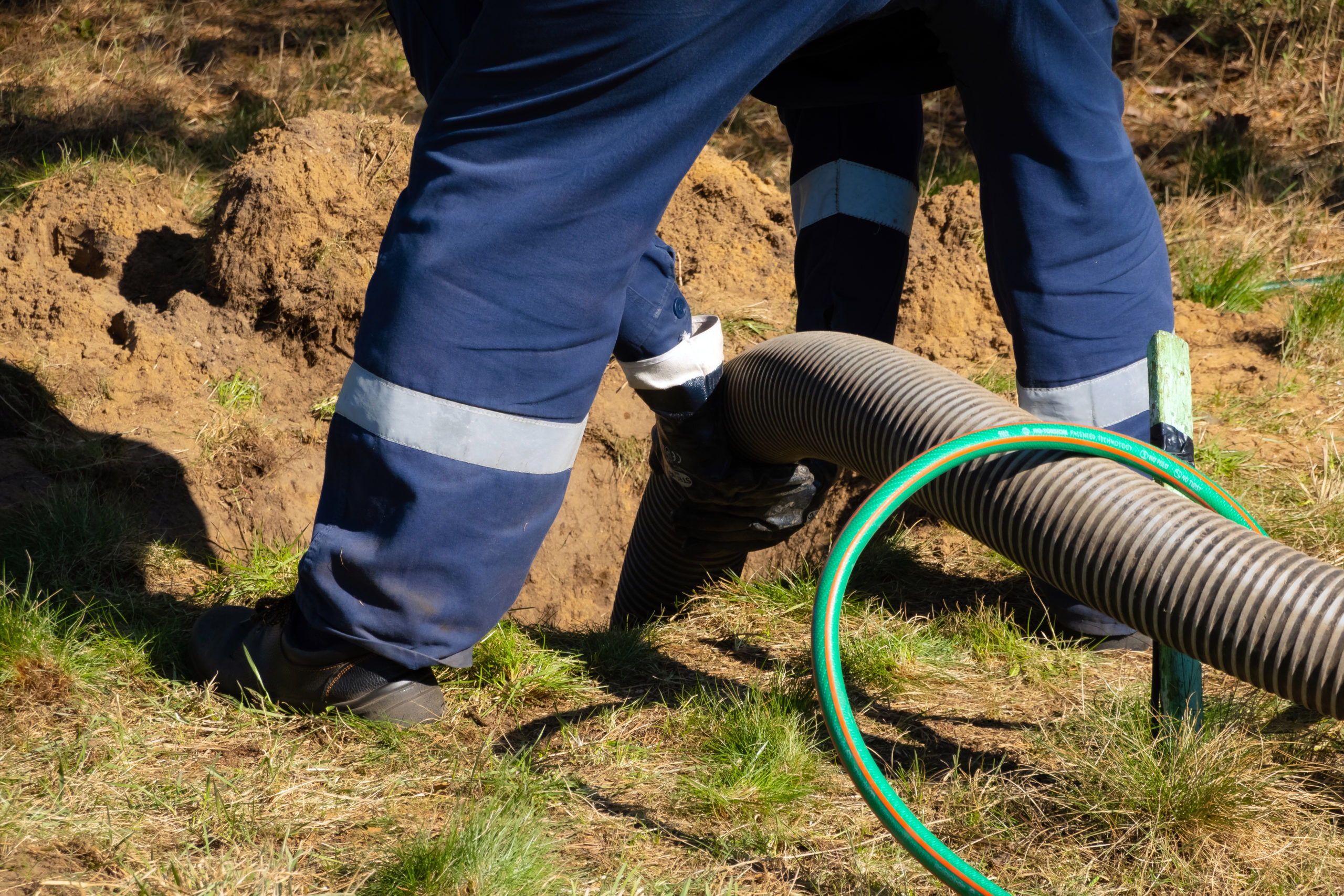The Buzz on Stillwell Septic And Grading
The Buzz on Stillwell Septic And Grading
Blog Article
3 Easy Facts About Stillwell Septic And Grading Explained
Table of ContentsSee This Report about Stillwell Septic And GradingThe 7-Second Trick For Stillwell Septic And Grading6 Easy Facts About Stillwell Septic And Grading ShownEverything about Stillwell Septic And GradingThe Buzz on Stillwell Septic And GradingNot known Facts About Stillwell Septic And Grading
Repair dripping faucets and plumbing components. https://www.taringa.net/stillwellsag/quality-septic-solutions-stillwell-septic-and-grading_5btwpt. A leaking commode can waste hundreds of gallons of water a day. Take shorter showers. Pursue less than 5 and do the shower jive. Take baths with a partially-filled tub and do not leave the faucet running when doing other jobs. Wash only complete lots of recipes and washing.More About Stillwell Septic And Grading
Stay clear of burning heaps of leaves or branches over the drainfield, as the warm can harm the plastic pipelines listed below. Restriction the addition of topsoil or garden compost to no more than a couple of inches over the drainfield. Septic Tank Installation. A great rule of thumb for landscaping over drainfields is to utilize shallow-rooted plants that do not require additional topsoil to thrive
Grasses, blended wildflowers, and ground covers with shallow roots are great choices. Plant trees and hedges at least 30 feet away from your septic tank and drainfield to keep origins from getting right into and damaging or obstructing the drainfield pipelines.
A septic system failing triggers without treatment sewage to be launched and moved to where it needs to not be. This may cause sewer to come to the surface of the ground around the container or the drainfield or to back up in pipelines in the building.
The 9-Second Trick For Stillwell Septic And Grading
In the majority of instances, the person that falls in goes out without major injury. A kid's unfortunate death is a tip to examine your septic system for harmed or missing out on covers. https://hearthis.at/george-braden/set/stillwell-septic-and-grading/. Proprietors of septic systems are in charge of making sure the systems are safe and function effectively, consisting of having a secure lid on the tanks
Consistently inspect the condition of the lids for threats or problems. Keep the covers secure by repairing or replacing all harmed or missing out on parts. Use bolts, screws, or various other locks to safeguard the covers and avoid simple access. Never drive or park cars in addition to septic tanks- it can damage or remove the cover.
Stillwell Septic And Grading - Truths
Ensure the lids are protected after servicing your septic system. Teach youngsters that the septic system covers are not to be used or opened up. Have septic tanks that are no more being used properly deactivated. For other basic secure methods around septic systems please hop over to here evaluation the Septics 201 DIY Program Septic Security Tips.
Noting the levels will aid establish if there is a prospective issue with the system. The storage tank will be entirely pumped down, eliminating all of the fluid and strong waste - Stillwell Septic. When the tank is totally pumped, the inlet and outlet tees of the will certainly be inspected to guarantee they are still intact and working correctly
The Only Guide to Stillwell Septic And Grading
If you are home at the time of service (completely not required if that's not your point) you may be asked to flush your toilets to guarantee whatever is streaming appropriately. As soon as the solution is total, the septic tank will be covered as it was when we showed up! Specialists recommend having your system pumped every 3 to 5 years but several aspects should be taken into consideration when deciding exactly how often your sewage-disposal tank requires to be serviced.

If you are experiencing odors in your home, offer us a call. This can be an indicator of an upcoming septic back up! Potentially. If your septic has not been serviced in more than 6 months, we would want to service the septic. If the problem lingers, a drain cleaner will then be sent out to clear the line to the sewage-disposal tank.
A Biased View of Stillwell Septic And Grading

If the ponding is concentrated over the leach field that can imply a leach line is obstructed with Bio-Mat and needs to be repaired or changed. The majority of sewage-disposal tanks have two to 3 covers; one over the inlet side of the septic system (where the water from your home goes into the storage tank), one in the center of the storage tank, and one on the outlet side of the tank (where the fluid from the tank departures to your leach field).
Sliced up food bits do not break down in the sewage-disposal tank and can make their escape right into your leach field lines causing blockages. Trash disposals, even those significant septic risk-free, are ruled out advantageous for your septic tank. Proper working level is where the water degree in your storage tank fulfills the outlet tee of the tank.
Report this page